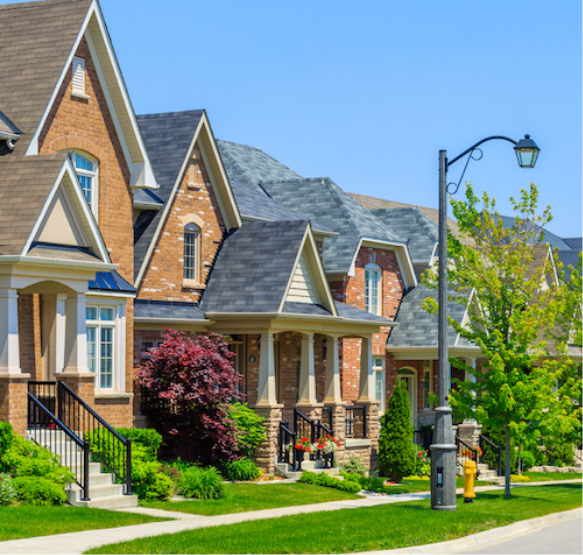As the majority of aging Americans are living longer and preferring to live out their final days at home, the demand for home health care workers is on the rise, according to a recent finding by 24/7 Wall St.
While the American labor market took a massive hit during the Great Recession, health care jobs are among the top 10 professions making the strongest comeback, especially with the 20% projected growth of the 50-and-over population by 2030.
Personal care aides ranked No. 2 on the top 10 list, with home health aides ranking close behind at No. 3.
24/7 Wall St. identified the fastest jobs in America based on estimated employment figures and projections for 2012 and 2022 published by the Bureau of Labor Statistics (BLS) for more than 1,000 occupations.
The BLS expects that over 580,000 jobs for personal care aides will be created in the decade through 2022, the most out of any of America’s fastest growing jobs. The growth in employment for home health aides is projected to grow by 48.5% between 2012 and 2022, just .3% less than the projected growth for personal care aides.
However, the majority of homes are ill-equipped to accommodate the disabilities that come with older age, according to a new report by the Harvard Joint Center for Housing Studies and the AARP Foundation.
Among households that are headed by someone at least 50 years old and include a person with serious difficulty walking or climbing stairs, only 46% have homes with no-step entryways, the Harvard and AARP report finds.
And the cost to retrofit homes to meet aging Americans’ needs add up, said Chris Herbert, acting managing director with the Harvard Joint Center for Housing Studies, during a presentation of the study’s findings.
A wheelchair ramp can cost between $1,600 and $3,200.
“But when adding a bathroom or bedroom to the first floor, that cost rises substantially,” Herbert said.
Five features to make homes more accessible include no-step entries and single-floor living, which eliminate the need for stairs; switches and outlets reachable at any height; extra-wide hallways and doors to accommodate those in wheelchairs; and lever-style door and faucet handles.
While nearly 90% of existing homes have at least one of those features, only 57% have more than one, the study finds.
The effects of an aging population, which has access to Medicare, “combined with innovations that provide new treatments” has led to increases in health care spending, Martin Kohli, chief regional economist for the BLS, tells 24/7 Wall St.
Written by Cassandra Dowell





